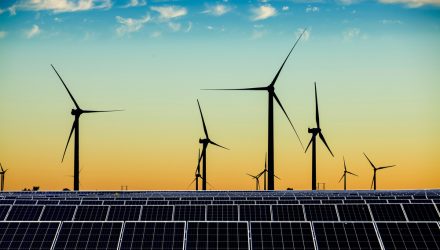The transition from fossil fuel energy to renewable energies is an inevitable one for the energy sector but looks to be structured similarly in the long term. While renewable sources will require upgrading and building their own infrastructures in some areas, investing in them will be reasonably close to investments into oil and gas pipelines of today, reported Alerian in a white paper.
Current contracts for renewable energy are structured almost identically to those in the energy infrastructure industry and, therefore, would be an easy but familiar investment transition. The contracts for renewable energy projects are generally long-term and fee-based and can contain take-or-pay provisions where a customer agrees to pay for a specific amount of power, whether they actually use the total amount or not.
Such a contract offers investors a level of stability because it supplies a steady and predictable cash flow no matter what the market conditions and ensures the project doesn’t suffer in periods of weakened power production. Renewable energy investments also are more protected from price fluctuations as they do not rely on outside commodities that can experience price volatility or producers that might be unreliable in their output during difficult periods.
The conversion to mainstream renewable energy sources will create a need for an infrastructure that can harness and optimize the power produced from sources such as wind and solar. Battery storage will play a vital role in capturing and extending the time that power generated from these alternative sources can be used, and creating the infrastructure to not only house these storage units but also optimize and distribute will be just as vital as the existing midstream infrastructure. Continued innovation from the electric vehicle industry has created better battery alternatives and could ultimately provide the solution for efficient batteries for the energy power grid and infrastructure.
Within the current energy infrastructure industry, midstream operators are already working to either introduce or increase their use of renewable energy to reduce emissions. Further growth of a grid that can handle input and output from alternative sources only means growth for the industry. Additionally, as alternative fuel sources such as hydrogen become more prevalent, the existing energy infrastructure can be repurposed to transport it or other alternative sources.
See also: Emissions Reduction a Priority for Midstream Operators
For more news, information, and strategy, visit the Energy Infrastructure Channel.

